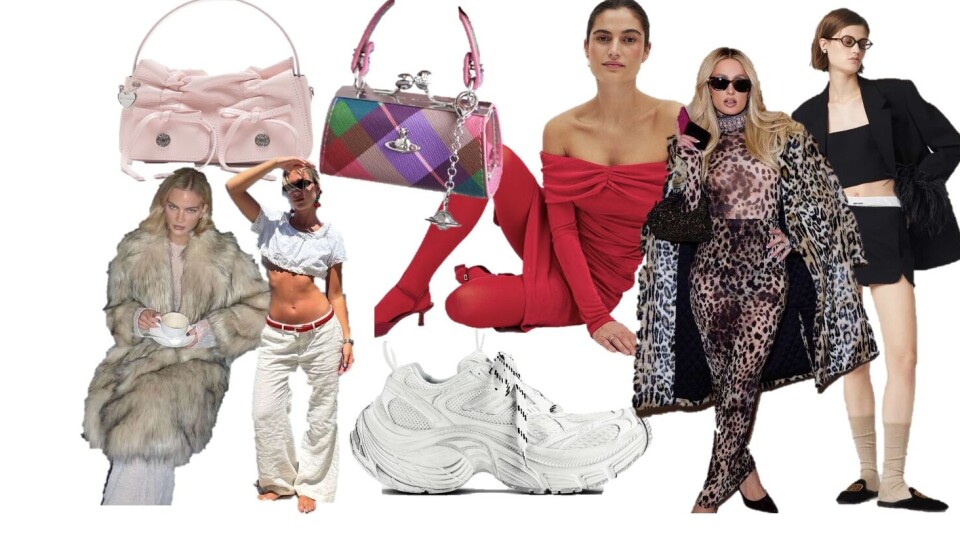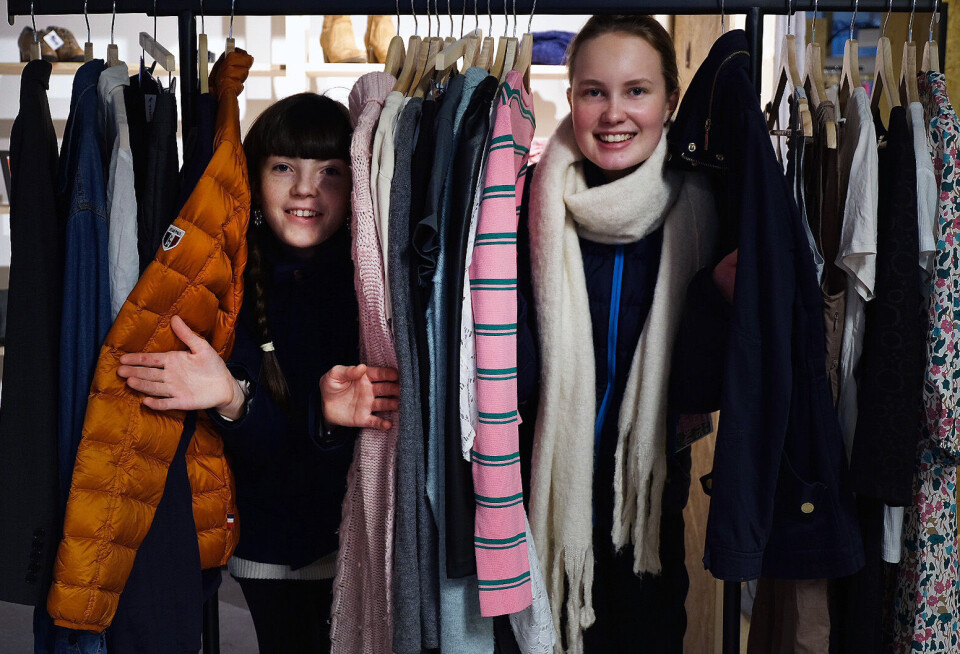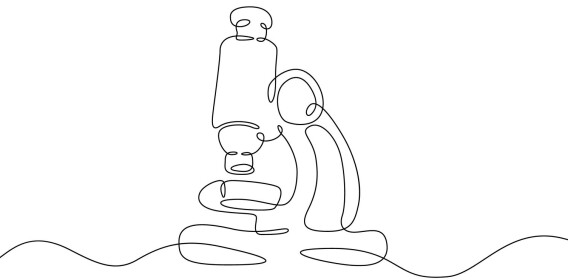"Buy fewer clothes," says researcher
Trends influence more than just your wardrobe.

The clothing industry is a major climate offender.
On average, Norwegians buy 13.3 kilograms of clothes per year – and give or throw away almost the same amount.
What could be the reason? And what can we do?
Microtrends
"Is there any good reason to buy a new piece of clothing when your wardrobe is already full?"
"No."
That's what Ragnhild Nilsen says. She is a climate psychologist and has interviewed 200 young people about clothing consumption.
On average, Norwegians have 359 pieces of clothing in their wardrobes and buy 23.5 more each year (link in Norwegian).
So why do we keep buying more?
According to Nilsen, several factors drive this behaviour:
- Lack of knowledge: The young people Nilsen interviewed knew little about where the clothes come from and how they impact the environment.
- Self-esteem and peer pressure: Clothes gave young people a sense of belonging.
- The fashion industry: Large retail chains create trends that they can then sell.
- Advertising and social media: We are influenced. New clothes bring a sense of joy, but it is short-lived.

Trends disappear quickly
Researcher Anna Schytte Sigaard explains how fast-changing trends accelerate our clothing consumption.
The Chinese online retailer Shein releases up to 1,000 new styles every day.
"This is what we call microtrends," she says.
It is now time to say goodbye to trends like leopard print, crop tops, and chunky shoes, according to the magazine Melk & Honning (link in Norwegian).

"If clothes sit in your closet for too long, they might not feel as stylish when you finally wear them," says Sigaard.
She emphasises that the key is to develop a personal style that feels right for you. When we follow our own style instead of chasing trends, we keep our clothes for longer.
"We don't need fashion trends," she says.
But trends aren't the only problem.
"Many clothes are made from poor-quality materials and have a short lifespan," says Sigaard.
Greenpeace is outspoken onthe issue, calling today's trends tomorrow's trash.

What can we do?
Climate psychologist Ragnhild Nilsen has a clear message for young people:
"Learn more about why clothes are made and their impact on the the environment."
The fashion industry is a major polluter, contributing to greenhouse gas emissions, excessive water use, chemical pollution, and microplastics.
Understanding this makes it easier to resist short-lived microtrends.
Sometimes, the best solution is to do less.
"Buy fewer clothes," she says.
Can't sew on a button
Many people feel good about donating clothes for reuse. And Norwegians donate a lot: The total weight of these clothes is equivalent to 60,000 cars per year (link in Norwegian).
"But only three out of every hundred garments donated in Norway are actually resold here," says Sigaard.
Psychologist Nilsen encourages people to wear and take care of the clothes they already own.
"Our research found that young people often don't know how to sew on a button. That concerns me, and it's a useful skill to learn," she says.
———
Translated by Alette Bjordal Gjellesvik
Read the Norwegian version of this article on ung.forskning.no

Subscribe to our newsletter
The latest news from Science Norway, sent twice a week and completely free.


























































